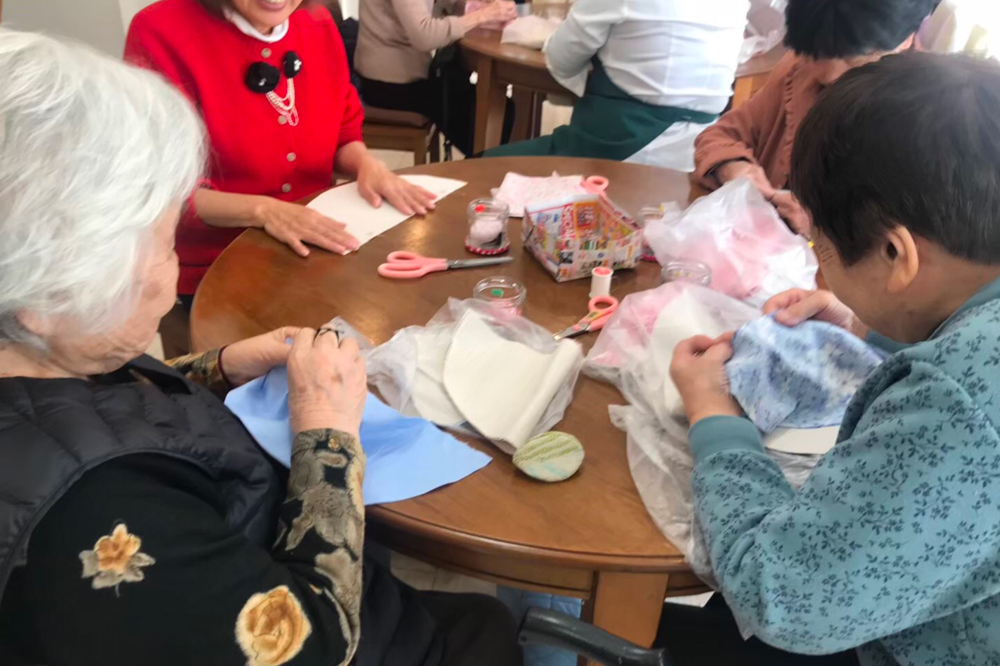Qualitative research methods such as ethnography, in-depth interviews and focus groups are well suited to elicit unexpected insights into a culture other than one’s own. Especially in Japan, where gaining human-centered insights into behaviors and preferences can be tricky, these techniques are a particularly useful tool.
During qualitative interviews, Japanese people’s unique cultural background, social norms, and business practices often surprise observers and project participants from overseas. These useful surprises form the ‘ah-ha’ moments that lead to understandings that can mean the difference between success and failure.
When conducting qualitative interviews with Japanese participants, it’s crucial to approach the process with care and attention to detail. Here are some tips to improve the quality of your qualitative research in Japan:
Ensure That Respondents Can Meaningfully Engage
One of the most critical steps in conducting qualitative research is to screen respondents carefully for their competence as good respondents. Finding target-segment-qualified – yet honest, and diverse – respondents who can engage meaningfully in the interactions necessary for the research process is essential. This curation is more art than science, but ensures you obtain useable and valuable information from your research participants.
It is highly advisable to localize respondent profiles and criteria, particularly when adapting a screening questionnaire from studies conducted in the US or Europe. While similar psychological profiles and specific behaviors can be expected in the Japanese market, the way these manifest (and the ways they need to be identified) can be quite different.
It is not uncommon for research agencies in Japan to reject challenging recruiting criteria by citing that the sample is too difficult to find and, in any case, does not represent the general population. However, a key aim of qualitative research is to locate participants with psychological profiles and specific behaviors that closely align with your target segment. Although it may seem obvious, adopting a flexible and exploratory mindset is vital to curating the quality respondents who will make or break the project.
For example, if you wanted to take senior management from an electronics company on a market safari to visit ‘innovation-friendly’ respondents in their homes, having them show your recruiters around their house first (during the recruitment stage) would be a good idea. This would sort out respondents who simply meet the technical qualifications versus those who are really going to bring value to the project.
Maximise Research Outputs with Pre-work
Before conducting your research, doing pre-work can be helpful – especially in cases where where the interview time may be too short to fully cover areas of interest, or where 360-degree insights outside of the interview process will help answer the research objectives. This involves getting respondents to think in advance about the topics under investigation and saves time during the interview process. Pre-work can include asking respondents to complete a short survey or diary, take pictures that relate to elements of their lives, or reflect on specific questions related to the research topic. Pre-work is a great tool for collecting information, images or short video clips that bring insights to life across various deliverable formats (ppt reports, highlight videos, persona creation, workshop stimuli, etc.).
Pre-tasks can capture respondents’ behaviors and general profiles, allowing the client/moderator to spend more time delving deeper into their behaviors – as well as connecting the dots for their behaviors. Pre-work enables us to get to the ‘why’ of human behaviors, which naturally follows our understanding of ‘what’.
For example, in a highly complex category such as insurance, it can make the interview much simpler if we already know things such as what products the respondent owns and how they came to own them. Pre-tasks can also be very helpful if the topic matter is superficially dry or difficult to talk about. In certain categories, pictures of the products owned (or the category being experienced) can add tremendous richness and context that can be followed up on during the interview.
Pay Attention to Age and Gender Differences
It’s important to be mindful of differences in age and gender when conducting focus groups. In a group setting, Japanese people are most comfortable sharing their experiences and opinions in situations where people are of similar age. The perceptions of age difference can also be much more sensitive than what you may be accustomed to in your home market, since Japan’s norms are much more tightly prescribed than most societies.
In terms of gender, men can sometimes be less talkative than women, and young men (in particular) may need more confidence in expressing their opinions. Creating a safe and inclusive environment where all participants feel comfortable sharing their thoughts and ideas is essential.
The topic or product category should also be considered when forming the group constellation. For example, in financial services, men and women often have different goals, which can hamper candid discussion if both genders are present. But it’s a case by case thing – for example, discussion of personal care products would be quite different to say, travel.
Select Relatable Interviewers and Moderators
Choosing the right moderator is key to conducting successful qualitative research in Japan. The moderator should ideally have experience with the segment being interviewed and be able to relate to respondents on a personal level. This means finding a moderator with the necessary experience and skills to fully engage with participants rather than simply matching the moderator with the group based on more obvious external factors such as simply age or gender.
The Benefits of Building Rapport
It is particularly true in Japan that building a solid connection with respondents leads to more accurate and insightful feedback. Participants are more likely to provide honest and helpful information when they feel comfortable and engaged in the research process, sharing stories and opinions that don’t arise otherwise.
Japanese people tend to be reserved and may feel uncomfortable sharing their opinions in front of strangers. Therefore, it’s vital to build rapport and trust, as well as create a comfortable environment where respondents feel safe to express their thoughts and ideas. Moderators should be encouraged to apply culturally comfortable means to build rapport with participants; this can differ from other culture’s chit-chat – and includes a proper introduction of the respondent (name, age, occupation or hobbies) at the beginning of the interview. While this may seem irrelevant from some countries’ viewpoints, it is an important aspect of respectfully setting the frame for the upcoming discussion (similar to how Japanese exchange business cards at the beginning of business meetings).
Mind Your Manners
Because staying in rapport is essential to elicit valuable insights, Japanese norms of politeness must always be followed. This means that boundaries must be observed when you are in respondents’ homes. Observers should sit quietly and not touch anything around them. Further, overly persistent questioning is not advised when the respondent cannot answer in detail or even avoids the question. Skilled moderators know how to handle such situations and will get to the point in other ways. Communication in Japan can sometimes appear indirect, but again, a skilled moderator will ensure your objectives are addressed. Lastly, it is essential to be respectful and polite to the moderator because they are the ones that will create the interaction on which your project depends.
Qualitative research is an excellent resource for gaining human-centered insights into behaviors and preferences in Japan. However, heightened sensitivity is required to make your projects truly successful. To improve the quality of qualitative study results, researchers should carefully screen respondents, fully brief them on expectations, consider doing pre-work, pay attention to differences in age and gender, select the right interviewer or moderator, build rapport with respondents, and follow Japanese norms of politeness. By following these tips, brands can elicit accurate and valuable insights from Japanese participants. A key indication the work has been worth the effort and investment is when the insights are unexpected, yet highly relevant to the research objectives.



